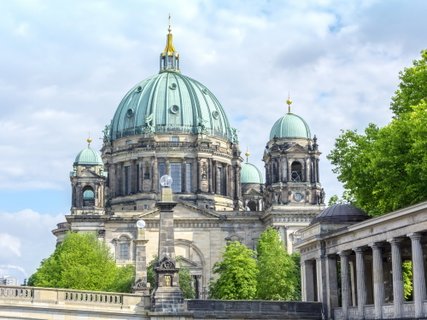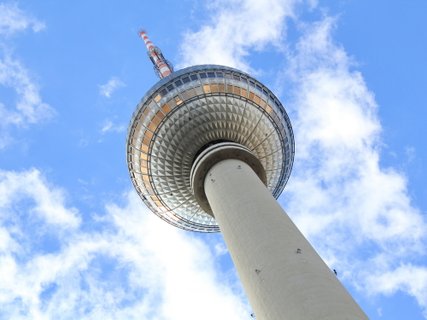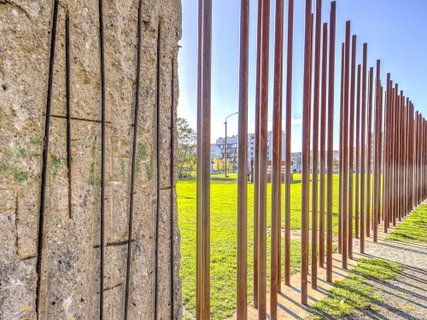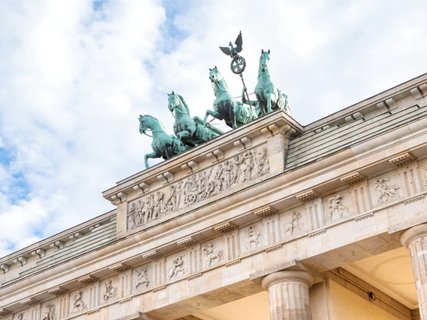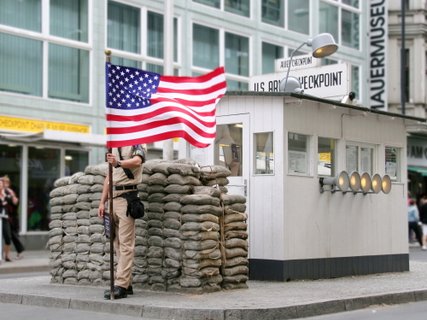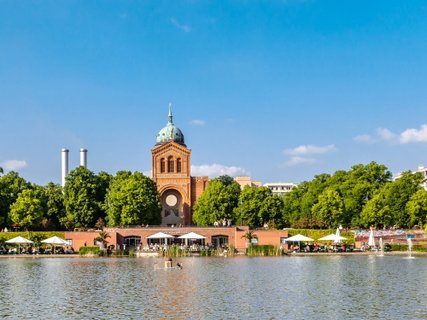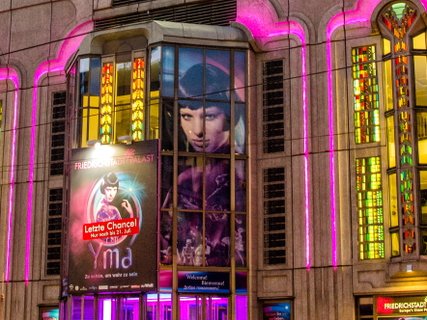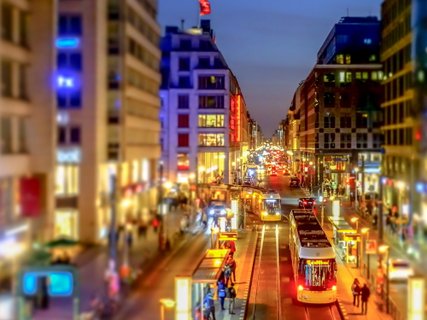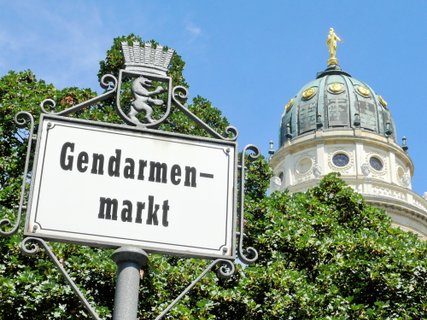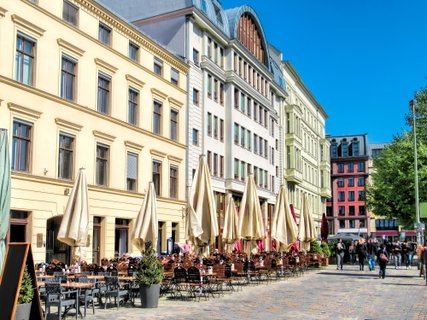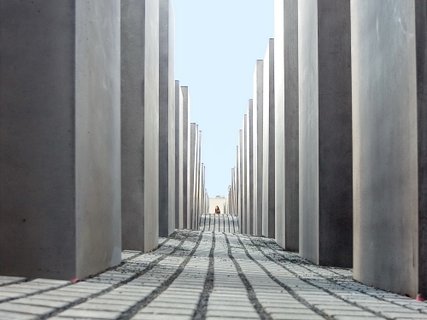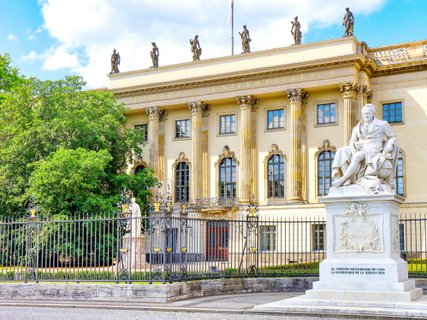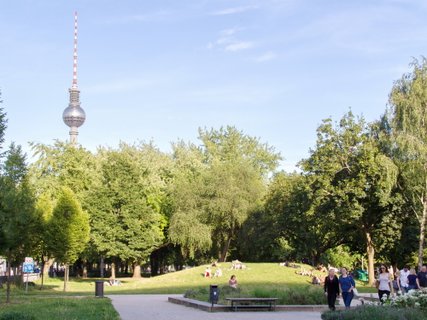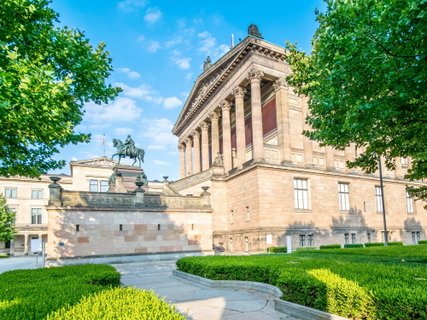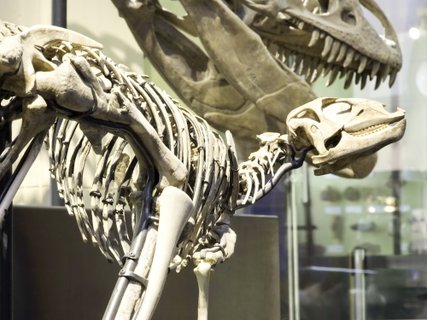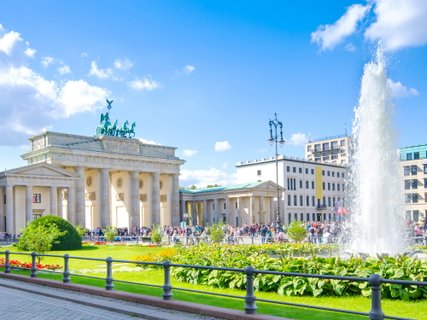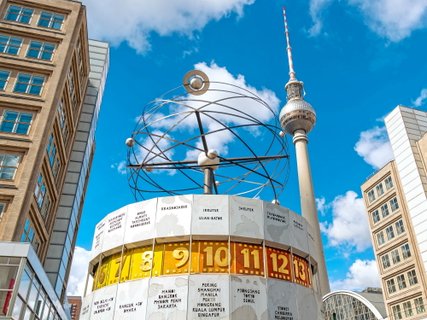
Alexanderplatz
In Berlin-Mitte lies the largest square in Germany, Alexanderplatz. It is named after the Tsar Alexander I. In 1805 he visited the capital of the former Kingdom of Prussia. Even then it was a lively place, which has not changed to this day. Gastronomic establishments, shops and cinemas nestle against it. Numerous sights can be reached on foot from the square. In addition, it is one of the most important transport hubs in the eastern part of Berlin. Trams, suburban trains, buses, subways and regional trains depart from there. The square acquired this importance for the transport infrastructure in 1882 when a long-distance train station was built here.


